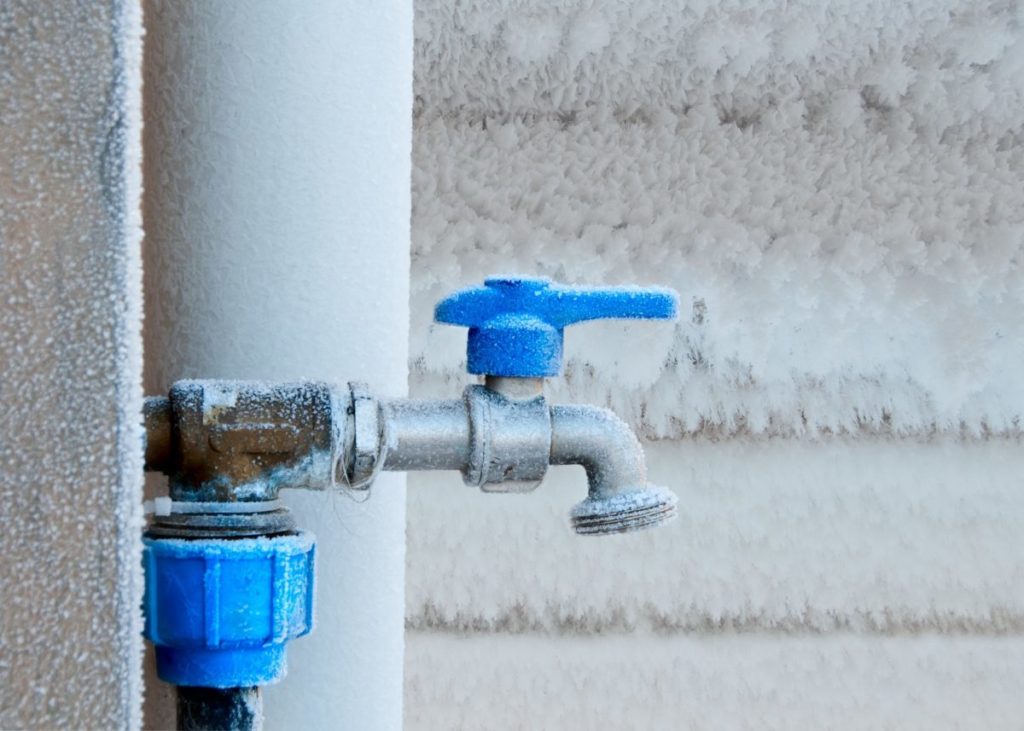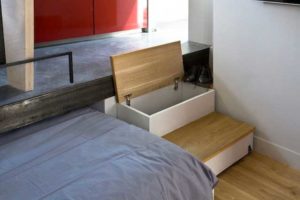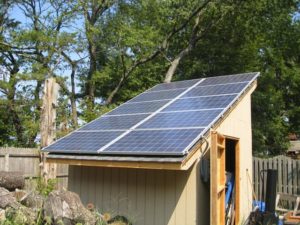As winter approaches, you may find yourself facing the daunting task of keeping your water from freezing in the extreme cold.
Whether it’s for drinking, cleaning, or other essential purposes, it’s important to have a reliable supply of liquid water during this time of year.
But how can you ensure that your water doesn’t turn into a solid block of ice?
Fortunately, there are several simple yet effective ways to prevent your water from freezing in the extreme cold.
From insulating your pipes to using specialized containers, we’ll explore some practical solutions to keep your water flowing freely throughout the winter months.
By implementing these strategies, you can ensure that you have a steady supply of water even when the mercury plummets below freezing.
So let’s dive in and learn how to keep your water from freezing in the extreme cold!
Insulate your water pipes
Wrap your exposed pipes in insulation material such as foam or heat tape to keep them from freezing.
One effective way to do this is by wrapping your exposed pipes in insulation material such as foam or heat tape.
Foam insulation is a popular choice, and it can be easily wrapped around the pipes using wire or plastic ties.
Heat tape, on the other hand, is a self-adhesive tape that emits heat to keep the pipes warm.
Both methods are effective in preventing the pipes from freezing, and they can be easily installed without any specialized skills.
It is important to ensure that the insulation material is not in contact with any electrical sources, as it can be a fire hazard.
By taking these simple steps, you can prevent costly repairs and ensure that your water pipes remain functional throughout the winter.
Disconnect and drain hoses
Disconnect and drain any hoses from outdoor faucets to prevent water from freezing in the hoses.
To protect your outdoor faucets from freezing during the winter, it is essential to disconnect and drain any hoses that are attached to them.
This simple step can prevent water from collecting in the hoses and potentially freezing, which can cause damage to both the hoses and the faucets.
By disconnecting and draining the hoses, you can ensure that there is no water left in the hoses to freeze, which will help to prevent costly repairs and replace
Seal any leaks
Fix any leaks in your plumbing system to prevent cold air from entering and freezing your water.
To prevent cold air from entering and freezing your water, it is important to seal any leaks in your plumbing system.
Leaks can be found in various parts of your plumbing, such as in the pipes, fittings, or connections.
Look for any signs of water droplets or moisture on the walls or floors, as these can indicate the presence of leaks.
To fix the leaks, you can use a variety of materials, such as pipe dope or silicone caulk, to seal the affected areas.
For more extensive leaks, you may need to replace the damaged pipes or fittings entirely.
Remember to always turn off the water supply before starting any repairs, and test the system afterward to ensure that the leaks have been properly sealed.
By sealing any leaks in your plumbing system, you can prevent cold air from entering and freezing your water, and avoid costly damage to your plumbing.
Use frost-proof spigots
Install frost-proof spigots, which are designed to prevent the water inside the spigot from freezing.
Installing frost-proof spigots can protect your home from costly repairs caused by frozen water pipes.
Traditional spigots can be prone to freezing during cold winter months, which can lead to burst pipes and expensive damage to your home.
Frost-proof spigots, on the other hand, are designed with a self-draining mechanism that allows water to drain from the spigot before it can freeze.
This design feature prevents the water inside the spigot from freezing, ensuring continuous access to water throughout the winter months.
Moreover, frost-proof spigots are typically made with freeze-resistant materials, such as brass or stainless steel, which further increases their resistance to freezing temperatures.
By installing frost-proof spigots, you can ensure uninterrupted access to water during the winter months and avoid costly repairs.
Let cold water drip
Let cold water drip from the faucet served by exposed pipes. Running water is less likely to freeze than standing water.
Let cold water drip from the faucet served by exposed pipes.
Running water is less likely to freeze than standing water.
This is a important tip to remember during a frozen pipe emergency, as it can help prevent further damage to your pipes and ensure the water keeps flowing.
When the temperature drops, your pipes may become vulnerable to freezing, causing them to expand and potentially burst.
However, by letting cold water drip from the faucet, you can maintain a constant flow of water, which is less likely to freeze than standing water.
This is because the running water helps to keep the pipes at a consistent temperature, reducing the risk of freezing and bursting.
To implement this solution effectively, make sure to let the water drip at a slow and consistent rate, rather than letting it run at full force.
This will help to maintain the desired temperature and prevent any damage to the pipes.
It’s essential to monitor the temperature of the water and the pipes to ensure that they remain at a safe temperature, as excessively cold water can still cause damage to the pipes.
Overall, by letting cold water drip from the faucet served by exposed pipes, you can help to prevent damage to your pipes and ensure a continuous flow of water, even during freezing temperatures.
Just remember to keep a close eye on the temperature and adjust your strategy as needed to protect your pipes.
Open cabinet doors
Open cabinet doors under sinks to allow warm air to circulate around the pipes.
Opening cabinet doors under sinks can help to improve the performance and lifespan of your plumbing system.
By allowing warm air to circulate around the pipes, you can help to prevent the buildup of condensation and moisture, which can lead to corrosion and clogging.
Warm air can help to dry out the inside of the pipes, which can help to prevent the growth of bacteria and mildew.
By simply opening the cabinet doors, you can help to ensure that your plumbing system is running efficiently and effectively, and you can avoid costly repairs and replacements down the line.
So, make sure to open the cabinet doors under your sink on a regular basis to keep your plumbing system in top condition.
Let warm air in
Keep your home warm, especially if you’re going to be away for an extended period. Set the thermostat to at least 55°F (13°C) to keep the pipes from freezing.
To prevent your pipes from freezing while you’re away, it’s essential to keep your home warm, especially during cold weather.
Set your thermostat to at least 55°F (13°C) to maintain a comfortable temperature inside your home.
This will ensure that the pipes don’t freeze, which can cause costly damages and potentially lead to flooding.
It’s also essential to keep your home warm to prevent any damage to your plumbing system, as cold temperatures can cause pipes to expand and contract, which can lead to leaks and other issues.
By keeping your home warm and maintaining a consistent temperature, you can ensure that your plumbing system remains safe and functional, even while you’re away.
Let the faucet run
Let the faucet run at a slow trickle overnight if the temperature is expected to drop below freezing. This can help relieve pressure caused by ice formation.
If you live in an area where the temperature is expected to drop below freezing, it’s a good idea to let your faucet run at a slow trickle overnight.
This simple act can help relieve pressure caused by ice formation in your pipes.
As the temperature drops, the water inside your pipes can freeze, causing the pipes to expand and potentially crack.
By letting the faucet run, you’re keeping the water moving and preventing it from freezing.
This can help prevent costly pipe repairs and save you the hassle of dealing with frozen pipes.
Running the faucet can help to prevent the buildup of ice in your pipes, which can cause further damage and disrupt your water service.
So, if you live in an area where the temperature is expected to drop below freezing, be sure to let your faucet run at a slow trickle overnight to keep your pipes safe and functioning properly.
Want More? Dive Deeper Here!
Hey there! If you’re the type who loves going down the rabbit hole of information (like we do), you’re in the right spot. We’ve pulled together some cool reads and resources that dive a bit deeper into the stuff we chat about on our site. Whether you’re just killing time or super into the topic, these picks might just be what you’re looking for. Happy reading!






